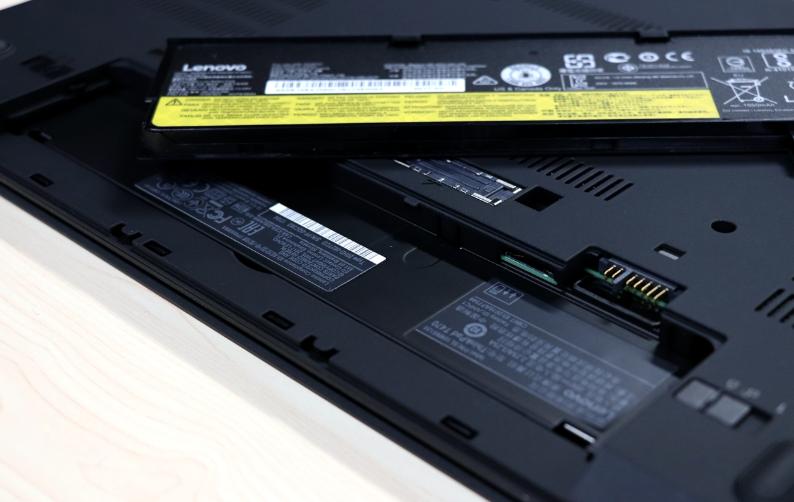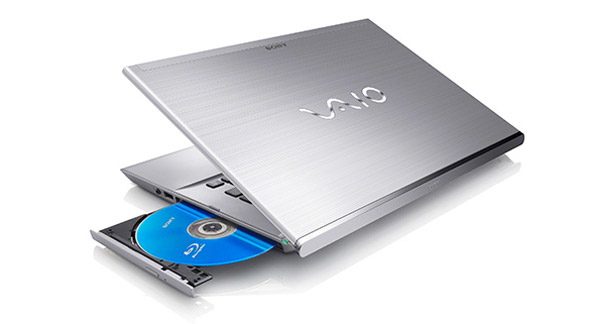In recent years, the iconic ThinkPad series has undergone significant changes, particularly with the removal of external batteries. This shift has sparked discussions among users and tech enthusiasts alike about the implications for performance, design, and user experience. Understanding why ThinkPads lost external batteries involves examining the evolution of laptop technology, user needs, and the quest for improved portability and efficiency.
| Model | Processor | RAM | Storage | Display | Battery Life |
|---|---|---|---|---|---|
| ThinkPad X1 Carbon Gen 9 | Intel Core i7-1165G7 | 16 GB LPDDR4x | 512 GB SSD | 14″ FHD (1920 x 1200) | Up to 15 hours |
| ThinkPad T14s | AMD Ryzen 7 PRO 5850U | 32 GB LPDDR4x | 1 TB SSD | 14″ FHD (1920 x 1080) | Up to 14 hours |
| ThinkPad P15s | Intel Core i7-10850H | 16 GB DDR4 | 512 GB SSD | 15.6″ FHD (1920 x 1080) | Up to 12 hours |
Understanding the Shift from External Batteries
The transition away from external batteries in ThinkPads can be attributed to several factors. One of the primary reasons is the demand for slimmer and lighter laptops. Users increasingly prefer devices that are easy to carry without compromising on performance. By integrating batteries internally, manufacturers can design sleeker profiles that appeal to modern consumers.
Performance Enhancements with Internal Batteries
Internal batteries allow for better thermal management and performance optimization. With external batteries, heat dissipation can become an issue, affecting the overall performance of the laptop. By housing the battery within the chassis, ThinkPads can maintain optimal operating temperatures, ensuring that the processor and other components function efficiently.
User Experience and Convenience
Another significant factor in the decision to eliminate external batteries is user convenience. Internal batteries simplify the user experience by reducing the need for additional components. Users no longer have to worry about carrying extra batteries or dealing with the hassle of swapping them out during use. This change aligns with the trend towards more integrated and user-friendly technology.
Environmental Considerations
As sustainability becomes a priority for many consumers, manufacturers are also considering the environmental impact of their products. Internal batteries can be designed to be more energy-efficient and easier to recycle, contributing to a reduced carbon footprint. This shift reflects a broader commitment to sustainability in the tech industry.
Conclusion: The Future of ThinkPads
While the loss of external batteries in ThinkPads may be disappointing for some users, it is essential to recognize the benefits that come with this change. Enhanced performance, improved user experience, and a focus on sustainability are all positive outcomes of this evolution. As technology continues to advance, ThinkPads will likely adapt to meet the needs of their users while maintaining the quality and reliability they are known for.
For more information on laptops and technology trends, visit GizmoWheelz Laptop Category.
For further reading on the evolution of laptop technology, check out TechRadar’s Best Laptops.
“
Advertisements







